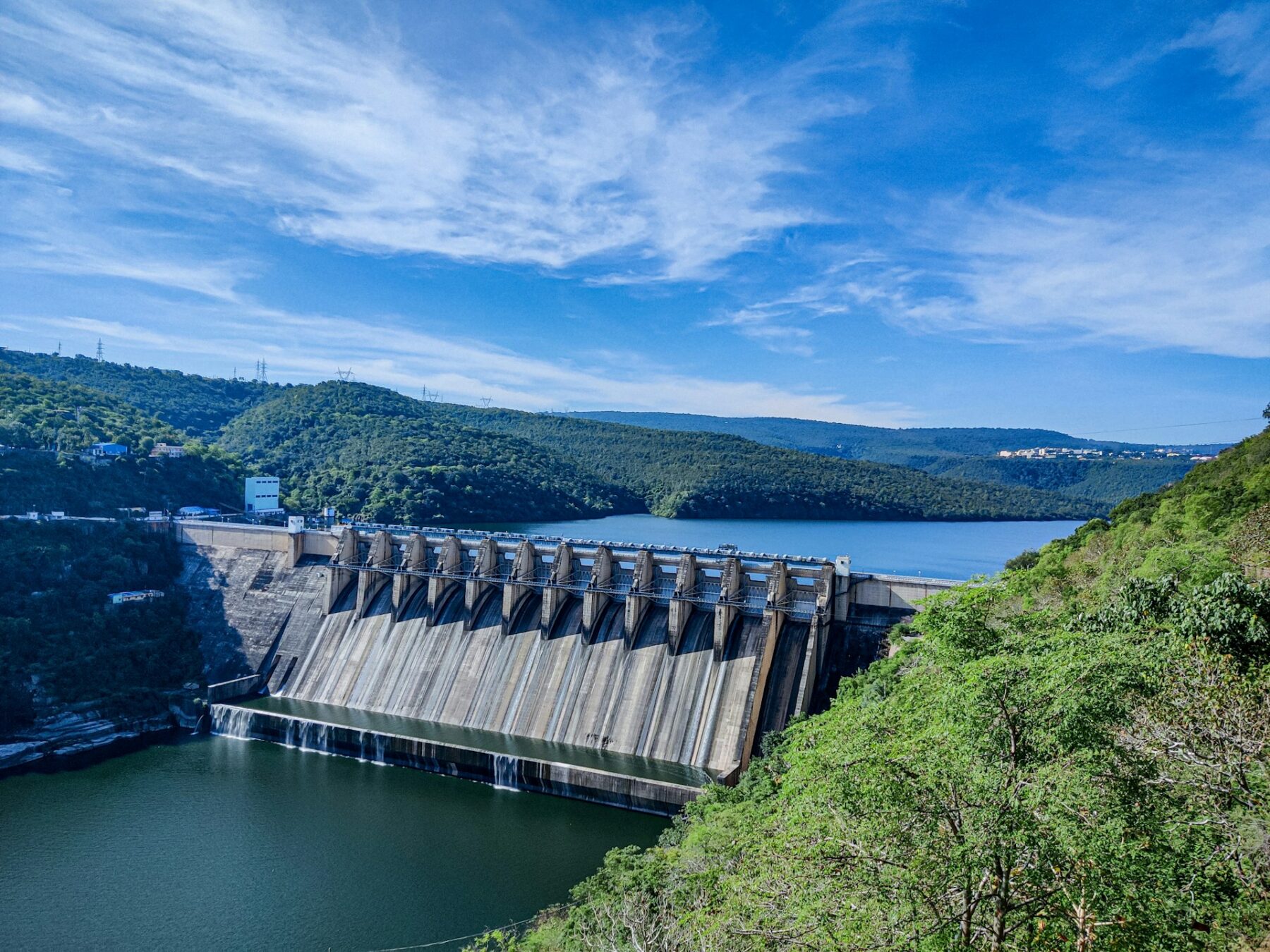He Ministry for the Ecological Transition and the Demographic Challenge (MITECO) has launched for a public hearing a proposal for a ministerial decision creating a capacity market in the electricity system of the Spanish Peninsula, available here. This market will maintain security of supply and at the same time send investment signals so that storage and other solutions that offer robustness and flexibility, such as demand response, are definitively included in the system j orderly progress towards a carbon neutral economy.
The implementation of a capacity market must comply with European regulations in the field of state aid and the internal electricity market MITECO has worked with the European Commission for this purpose. This work has intensified since the reform of the European electricity market was adopted during the Spanish Presidency of the EU in December 2023, which, among other things, eliminates the temporary condition of capacity mechanisms.
Participating generation installations may not emit more than 550 grams of CO2 per kWh
The proposed capacity mechanism proposes a market in which generation and storage facilities participate, as well as demand, i.e. consumers and aggregators. They will all receive compensation for providing robustness to the electrical system, either by being available to inject electricity into the networks or by reducing consumption, always at the request of Red Eléctrica, as system operator.
The provision of capacity services will be provided through fixed power and price auctions.measured in MW and in euros per MW and year, respectively. Participating generation installations may not emit more than 550 grams of CO2 per kWhwill have to meet the requirements of constancy and flexibility established by any competitive procedure to allow the integration of renewable energy sources, and will not receive any form of regulated compensation, such as RECORE or payment for capacity. When it comes to new investments, they may only relate to renewable technologies, storage or demand.
3 different types of auctions
The regulatory proposal provides for keeping three different types of auctionsthe volume and periodicity of which will depend on the demand forecasts and the strong energy needs identified in five years through the corresponding European or national coverage analyses:
- Main auction. Existing facilities and new renewable energy, storage or demand projects that will provide services can participate from the date specified in the call until five years after the award. The duration of the service will in turn differ depending on the type of installation (existing or new investment) and the type of technology. Generally they will occur annually, provided there is a need for robustness, and the duration of service will be one year for existing installations, up to 15 years for new investments, and between one and ten years for new requirements.
- Annual customization auction. Only facilities that are in use can participate and that will provide the service for 12 months from a date specified in the call, within the next 12 months of award. They are intended to solve temporary situations and should offer less permanent capacity than the main auctions, with which they will coexist.
- Temporary auction. It guarantees the robustness of the electrical system until the year in which the service awarded at the main auction begins. Until then, all exercises will be held and existing facilities and new investments can participate, with an annual delivery period.
The deadline for filing charges against the draft ministerial decision remains open until January 29
To provide more liquidity to the new capacity mechanism, it is expected that a secondary market will exist for the rights and obligations granted at auctionseither by transfer of ownership of the facilities or by transfer to other facilities that meet the requirements.
The System Operator and the National Commission for Markets and Competition will be responsible for the verification and inspection of the provision of the capacity service. Its financing will correspond to the sale of electricity and the direct targeting of consumers to the market, through unit prices differentiated by tariff segments and time periods that coincide with the transmission and distribution tolls. In this way, the consumption that occurs during the hours of highest load on the system will be covered to a greater extent.
He deadline for filing charges on the draft ministerial decision remains open until January 29 at the following email address: [email protected].

